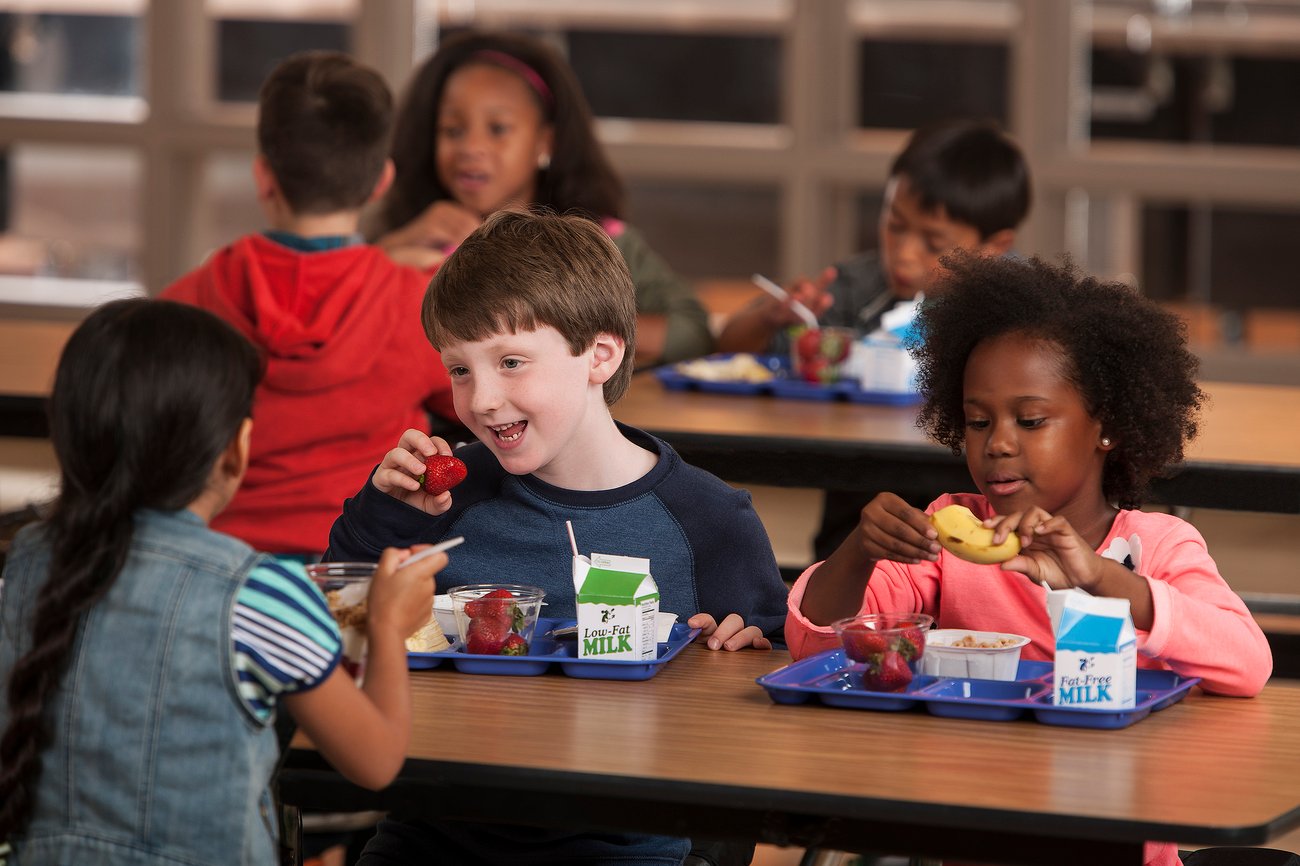
When it comes to delivering a successful school nutrition program -- regardless of the district -- one of the most important factors is getting students to participate in the program. School districts depend on a certain number of students buying lunch so they can pay for the overall costs of the service, as well as help students who pay for reduced lunch.
So the questions become, why don't students buy lunches at school? What are the things holding them back? And what can districts do to get more students involved in the school nutrition program?
Let's take a quick look at the three T's that will increase student participation in school lunch.
1) TASTE
It goes without saying, but we're going to say it anyway. The thing students care the most about is taste, but let's dig a little deeper:
How are menus created? What types of ingredients are being used? How are dishes cooked? Where is the line between flavor and nutrition? How do demographics play a roll in menu creation? Are there creative things districts can do to get students more involved in meal planning?
School nutrition professionals obviously have a complicated job with many considerations, but the districts that try to get students involved in the planning process are often the ones that are successful at getting them involved in the eating process, as well. Surveys, free samples on potential new menu items, and even cooking competitions where the winning dish is served on the school lunch menu can all be fun ways to get students involved in menu planning.
Depending on where you're located, demographics can also play an important role, as well. More and more school lunch menus feature ethnic meal options for a more diverse student body, featuring familiar flavors and tastes.
Finally, how meals are cooked is important, as well. A cooking process and equipment that provides versatility in the school cafeteria can help operators provide more nutritious meal options without compromising on flavor.
2) TIME
We can all remember what it was like. We head into the school cafeteria, wait in a long line over on the far side of the room, and by the time we have our tray full of food and find a seat next to our friends, we have maybe 15-20 minutes to eat an entire meal.
Contrast that with the student who brings lunch from home. He walks in with his new Star Wars lunch box, sits down at the first table he sees, and is half way through his PB&J before any of his friends sit down to join him.
Many students — especially those at the high school level — tend to be social creatures who, if forced to choose between eating lunch or socializing with friends due to time constraints, will more often than not choose the latter. When this happens, student participation levels suffer and program funds potentially do as well.
The bottom line is if you want kids to eat a district-provided lunch, you've got to give them time to eat it. This means serving lines need to be as efficient as possible. Foods need to be warm and ready, held in a safe and appealing manner. And despite how the academic schedules seem to be shortening the lunch periods year after year, school nutrition programs need to dedicate their resources to doing as much as they can in as little time as possible (and in some cases, as little space).
3) TEMPTATION
Maybe this is an overgeneralization, but we believe there's some truth to it:
When students eat lunch (and this happens more and more as they get older), they look to the lunch hour (or half hour as we mentioned above) as a chance to get away from the class-to-class rigors of daily academics. Basically, lunch is a chance to escape.
School nutrition programs can use this to their advantage. Through creative points-of-service and by tempting students with unique service delivery that mimics what foodservice operations in "real life" might look like, it will encourage students to participate in the school's lunch program.
What if a school cafeteria looked more like a food court? What if the serving line had restaurant-like logos, a fun design, and the school mascot prominently featured? What if a school district had a food truck it could park outside the local high schools on nice days?
Some times the best ways to get students to participate is to provide service that resembles the types of foodservice students like outside of school. Basically, they need to be tempted.
Here at Pace Reps, we take great pride in our knowledge of how to help school nutrition programs. Our team of experts has deep-rooted experience in helping directors overcome the challenges they face on a day-to-day basis, and we can put this knowledge to use for you.
Schedule a free, one-on-one school nutrition assessment with one of our experts, and we'll be sure to connect with you at a time that's most convenient for you.
#PaceOn!




